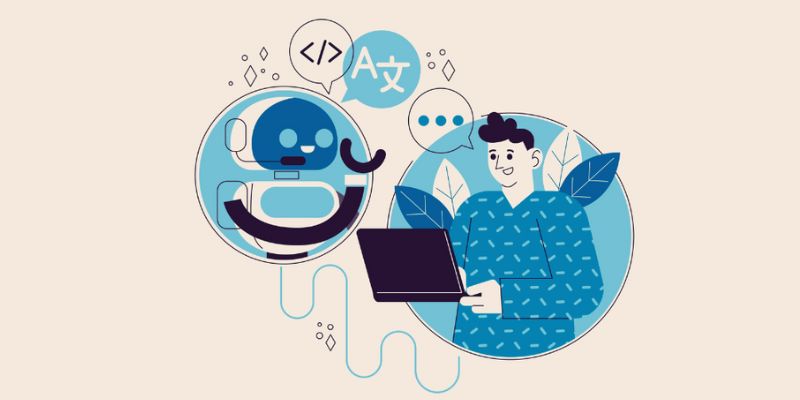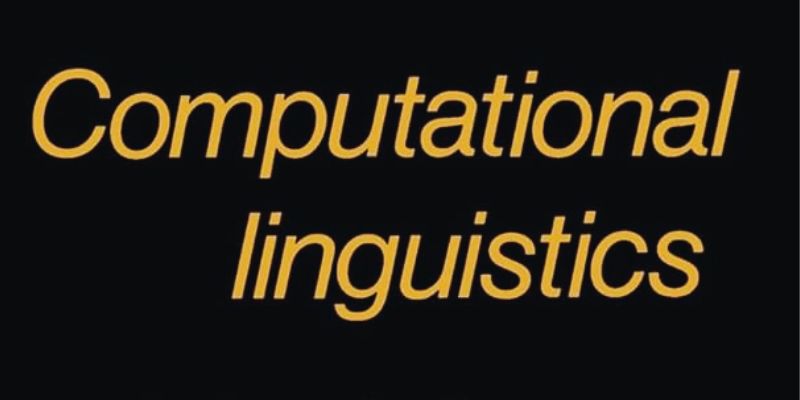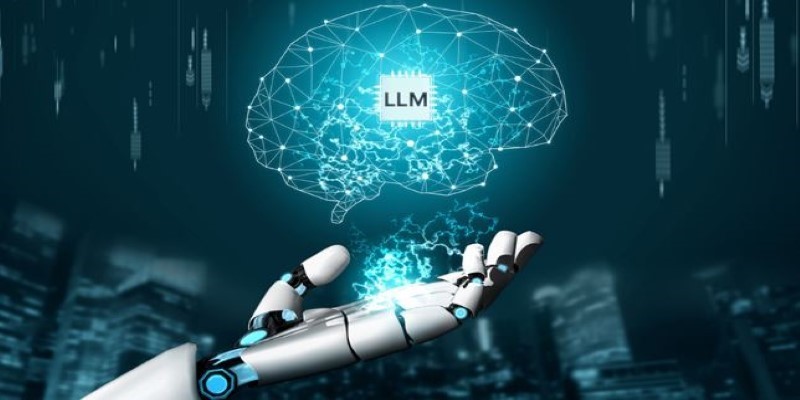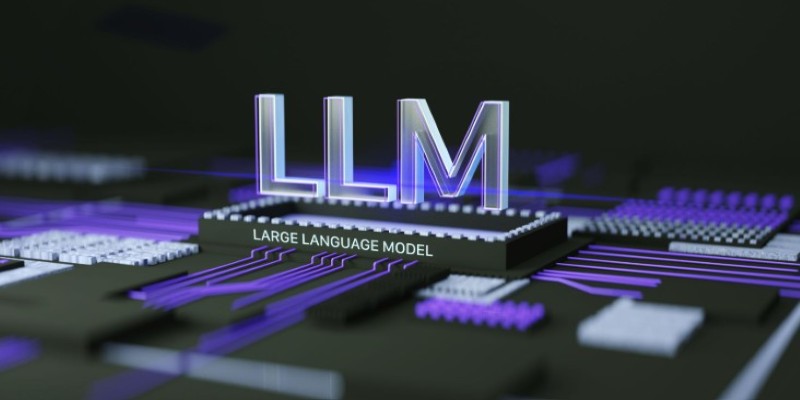Have you ever wondered how Alexa understood you and responded correctly? That is because of computational linguistics. Computational linguistics is the technology behind how machines understand and use human language. It helps computers read, write, listen, and talk. Computational linguistics is making technology more intelligent and human-friendly. This field is closely related to natural language processing (NLP).
The technology plays a big role in Google Search, translation apps, sentiment analysis, chatbots and virtual assistants, and speech recognition and generation. Now, if you want to learn more about computational linguistics and its applications or are planning to pursue a career in this field, keep reading and get every little detail about computational linguistics!

What is Computational Linguistics?
Computational linguistics is a field that brings together computer science and language studies. It focuses on helping computers understand and work with human language. It works with both spoken and written language. Experts in this field use programming, algorithms, and knowledge from different areas to teach computers how language works.
The goal of computational linguistics is to simplify communication between humans and machines. When computers understand language, they can perform tasks like translating languages, answering questions, and much more. This technology is useful in many areas, such as customer service, virtual assistants, and many others.

Why is Computational Linguistics Important?
Computational linguistics is important because it helps us create smart tools that will make everyday tasks easier. At first, it was mainly used to translate languages like Chinese to English using computers. Today, it is used in many areas, such as customer service. It is also behind virtual assistants like Siri, which help users find information quickly.
The main idea is to help computers understand what people are saying or typing and respond helpfully. It involves using AI and data to figure out what the person wants and then giving the right answer. Data scientists work with huge amounts of text to build systems that can understand and use language. They help create tools that talk or write like humans. Engineers then use these tools to build programs.
Computational Linguistics Applications in Real Life
Computational linguistics is used in many areas of our daily lives. It combines language and computer science to help machines understand and process human language. Here are some common ways it is used:
- Search Engines: Search engines like Google use computational linguistics to understand what users are looking for. They process the words in a search query, compare them with web content, and show the most relevant results. These systems use natural language processing, text analysis, and information extraction to show the right match.
- Language Translation: Tools like Google Translate use computational linguistics to translate text from one language to another. This process can be based on rules, statistical patterns, or advanced AI models called neural networks. For example, to translate English to French, the system reads the English sentence, understands its meaning, and generates the French version using its knowledge.
- Sentiment Analysis: This is used to find out what people think or feel about something by analyzing text. Companies use it to read product reviews, social media posts, or news articles.
- Speech Recognition and Generation: Voice assistants like Siri or Alexa use this technology to understand spoken commands and respond with speech. They convert spoken words into text, understand the meaning, and then speak back a response.
- Text Summarization: Computational linguistics can be used to shorten long texts into summaries. It helps people quickly understand important information. There are two main types: extractive and abstractive.
- Chatbots and Virtual Assistants: Many websites and apps use chatbots that talk to users and answer questions. These bots use NLP to understand what users are saying and give helpful replies, just like a human would.
How to Become a Computational Linguist?
If you are interested in using computer science to help computers understand human language, then a career in computational linguistics is right for you. Computational linguists work with data to build systems like Siri, Google Translate, and chatbots. Here are the steps to becoming a computational Linguist:
Step 1: Get a Degree:
To begin your journey, get a degree in computer science, linguistics, or a related field. It gives you a strong foundation in both language and technology. Most professionals in this field hold a bachelor's or master's degree. You can start with either subject, computer science or linguistics, then learn the other one later. Even if you come from a humanities background, learning coding and machine learning can lead you to this career.
Step 2: Build the Right Skills
Once you have got the degree, the next step is to build the right skills. Following are the skills you will need to master in:
- Natural Language Processing: Learn how machines understand and work with human language. NLP is used in translation, question answering, summarizing text, and creating chatbots.
- Machine Learning: Understand how computers learn from data. You will need to know about supervised and unsupervised learning, neural networks, and model building.
- Programming: Learn to write programs that handle language. Python is beginner-friendly and widely used in AI and data science.
- Math and Statistics: Knowing basic probability, statistics, and data analysis will help you work with data and train machine learning models.
- Linguistics: Understanding how languages work is also important. It helps when building systems that deal with text or speech.
Step 3: Look for Jobs:
Once you have built your skills, start applying for jobs. Big tech companies like Amazon, Apple, and Google often hire computational linguists. You can also find work in smaller companies, research labs, or language-focused tech firms like Grammarly. It is a growing field with many opportunities for people who enjoy both language and technology. Keep learning, build projects, and stay updated on new tools and methods in AI.
Conclusion:
Computational linguistics plays an important role in making machines understand and use human language. From search engines and translation apps to chatbots and voice assistants, it helps technology become more useful in our daily lives. As this field continues to grow, it offers exciting opportunities for those who want to work at the intersection of language and technology.











